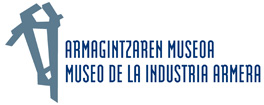
ARCHITECT: Raimundo Alberdi Abaunz 1938-1960
On the 7th of September 1920, Juan Solozabal Mendive and Juan Olave Bilbao, two former employees of Orbea Hermanos arms factory, one of the largest in Eibar, founded the company Olave, Solozabal y C.ê, which would soon become popularly known by the commercial name of their products: El Casco. Using the skills and know-how they had acquired during the years they were employed in Orbea, at first they produced 32 and 38 calibre revolvers, which would be sold under three registered trademarks âÂÂDuque, Tejón and El Casco. They continued to produce these revolvers until 1929, in a workshop in the area of Txonta equipped with all the machinery necessary to make and check the parts: drills, barrel makers, lathes, milling machines, presses, reamers, copiers, sanders and electroplating baths.

However, the crisis that afflicted the arms industry in 1920 forced the firm to search for a new market for its products, while allowing the workers to make use of the skills, technology and machinery that they had developed in the factory. As a result of this, in 1932, the model M-15 stapler appeared. With its typical mushroom-shaped outline and shiny nickel finish, it colonised the desk of offices around half the world and brought with it fame and prestige for Olave, Solozabal y C.ê and stationery under the trade name El Casco. The success of this product was based on its mechanical reliability: as skilled gun makers, they considered that âÂÂa staple should pass through a stapler as smoothly as a bullet leaves the barrel of a revolverâÂÂ. The company soon started to produce other stationery goods, such as the model M-500 automatic numerator, as well as pencil sharpeners, hole punchers and a long list of other items that consolidated the new line of production.
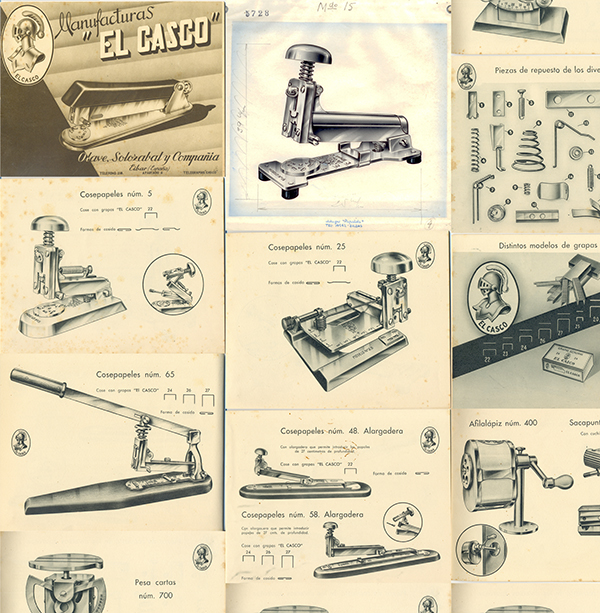
The Civil War was a turning point in the fortunes of the company, as their premises were completely destroyed in the bombardments, as was practically the whole industrial fabric of the town. In the aftermath of the war, it was decided, firstly, to move production to a more central location, and secondly, to cease arms production and to concentrate on manufacturing the stationery material that had proved to be so profitable since 1932. For the construction of the new building in Blas Etxebarria St, they sought the services of architect Raimundo Alberdi Abaunz, who was largely responsible for the reconstruction of Eibar after the Civil War and one of the most prominent figures in EibarâÂÂs architecture.
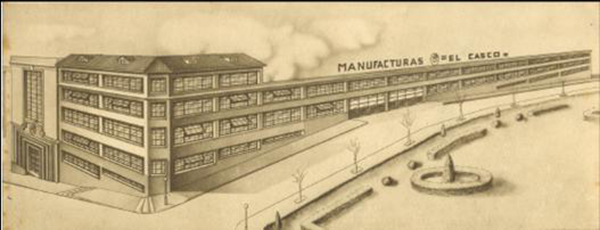
Designed in 1938, the first building went up following the prerequisites of functionality and financial moderation that were wholly appropriate to the circumstances of the company at the time. Successive extensions were added in the fifties and sixties, and the building acquired its current proportions in 1963, with a surface area of 10,000 m2.
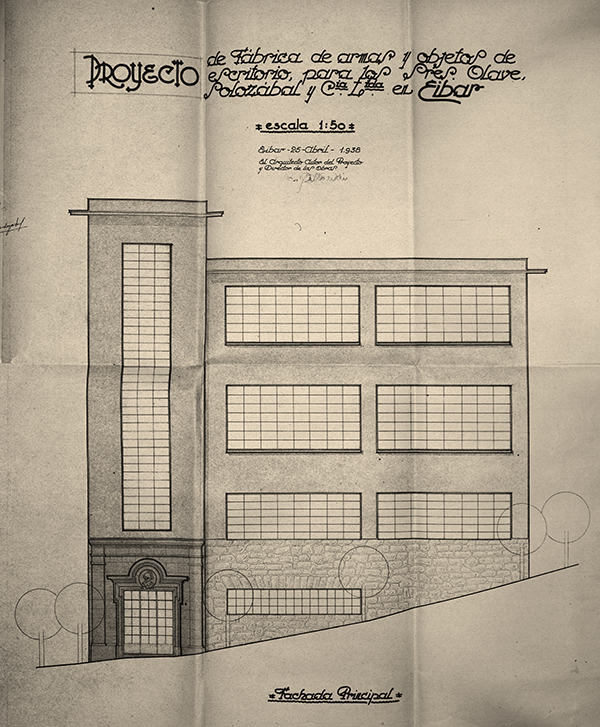
The final construction added up to much more than a simple industrial building, as it included living space for the owners and the workers. The building is a fine example one of the most common factory designs to be found in Eibar: a concrete, rectangular-shaped structure of four floors topped with a lintelled roof. Large lintelled windows almost completely cover the façade, thus forming a curtain wall that fills the interior with daylight while giving compositional order and character to the building.
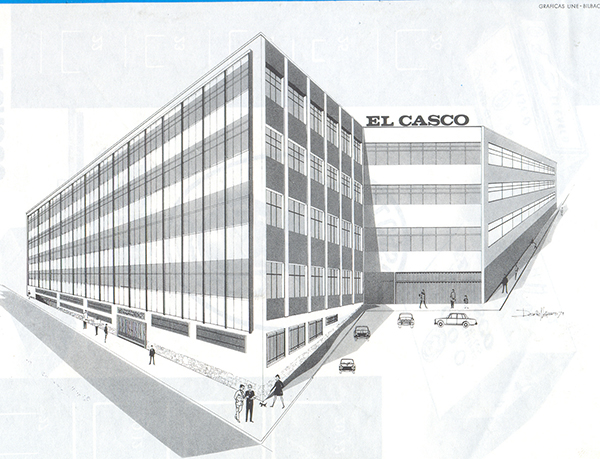
More elaborate decoration is confined to the door of the main entrance, with its impressive moulded arch, and the plaque engraved in the lintel displaying the logo of the factory, the image of âÂÂEl Cascoâ that had given the company such fame.
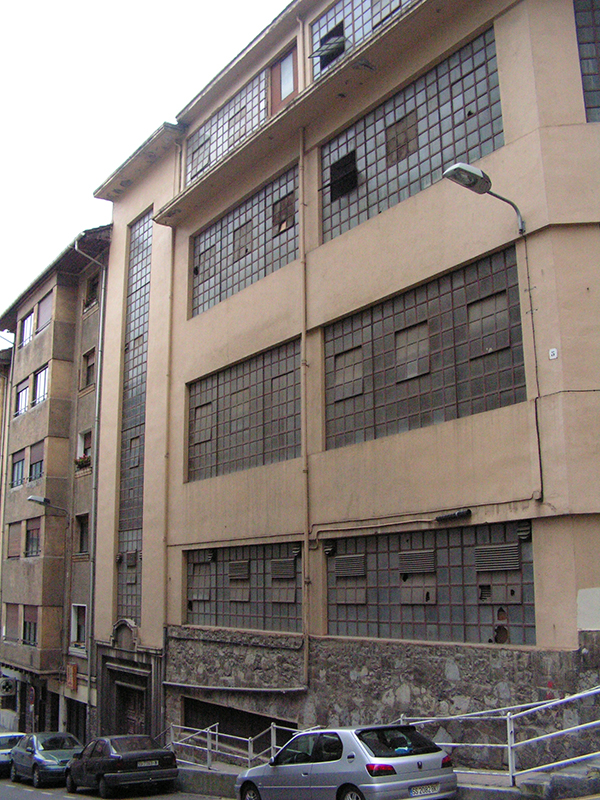
 Anemona Studioa, 2015, Eibar www.anemonastudioa.com
Anemona Studioa, 2015, Eibar www.anemonastudioa.com Ondartez www.ondartez.com
Ondartez www.ondartez.com
